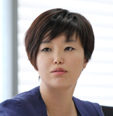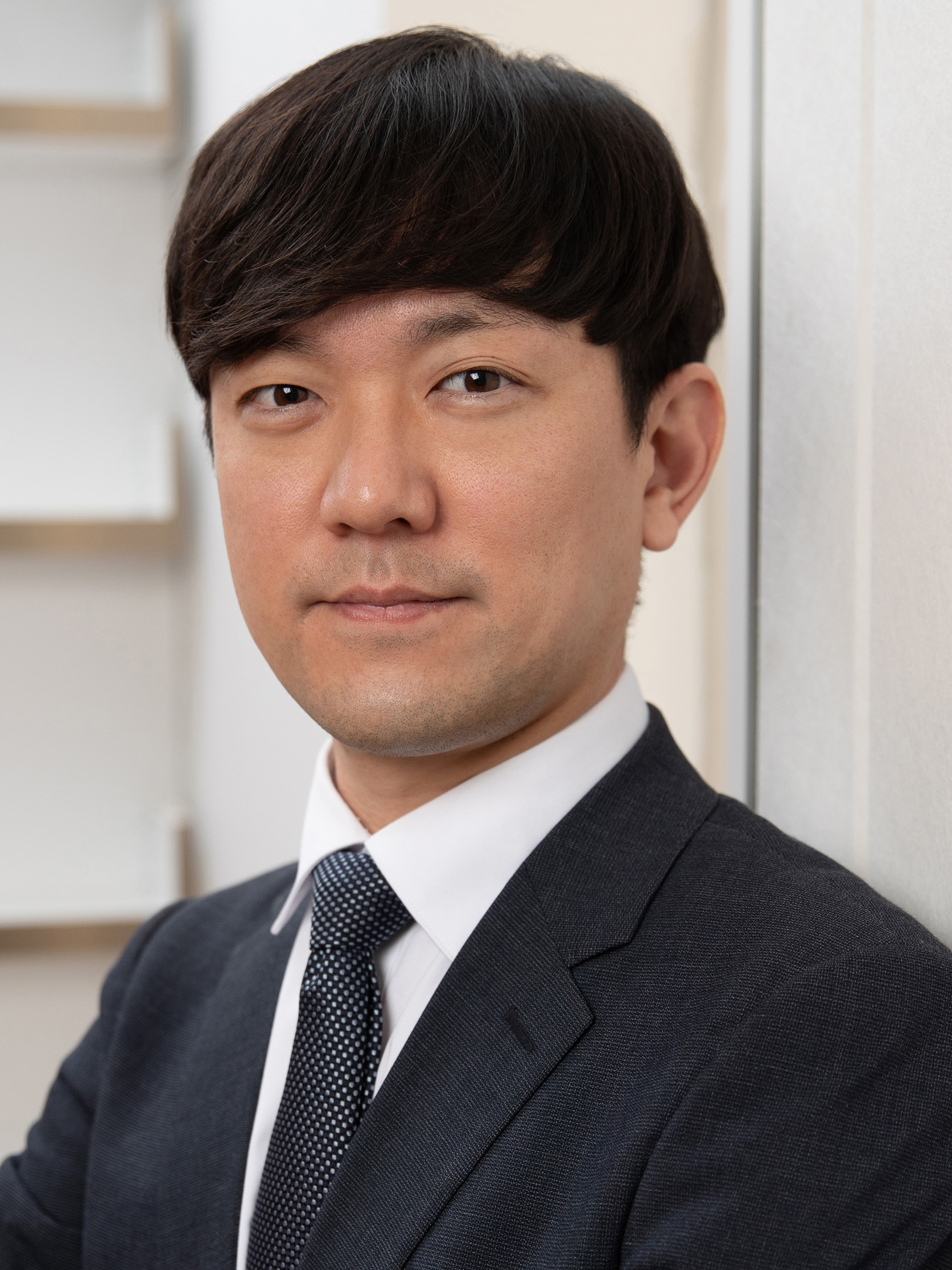On January 23, 2015, King Abdullah bin Abdulaziz Al-Saud, ruler of the Kingdom of Saudi Arabia and Custodian of the Two Holy Mosques, passed away at the age of 90. The ensuing leadership change in Riyadh holds enormous political and economic consequences for Korea’s national interests. There are some fears of political instability and potential power struggles in the midst of Saudi Arabia’s ongoing internal challenges. But, thanks in large part to King Abdullah’s legacy, Saudi Arabia is well-prepared to manage the looming transition.
Who will replace King Abdullah as the next ruler of Saudi Arabia?
Crown Prince Salman bin Abdulaziz, the king’s 79-year old half-brother. Crown Prince Salman has spent the past three years as the heir apparent, representing the king at international summits and performing many of the official duties. King Abdullah himself also spent 23 years as the heir apparent before assuming the throne on August 1, 2005. The position of Crown Prince, also known as Deputy Prime Minister, will be assumed by Prince Muqrin bin Abdulaziz, the youngest surviving son of the Kingdom’s founder, King Abdul Aziz al-Saud. King Abdullah’s decision to select Prince Muqrin to the post of Second Deputy Prime Minister in April 2014, in effect making him the heir to the heir apparent, has further helped ease the transition process.
The succession to Crown Prince Salman marks the sixth succession of power since Saudi Arabia’s founding in 1932. In the Saudi system of succession, the throne—instead of passing to the reigning monarch’s oldest son (known as primogeniture)—is passed to the next oldest brother (agnatic seniority). This peculiar form of “succession of the fittest” as Dr. Joseph Kechichian, a Saudi expert, puts it, is due to the role of Islamic law (shariah) and tribal identity in the Gulf. Under shariah law, male offspring of a ruler are considered equal regardless of the legitimacy of their birth, hence making a large number of brothers eligible for the throne. Similarly, in the tribal system, power was not necessarily passed from father to son, but could often be assumed by the ruler’s brother or other male relative. Because this subsequently increases competition among a large number of contenders, successful Gulf rulers usually designate not only their heir apparent, but also the heir to the heir apparent to mitigate uncertainty.
Will King Abdullah’s death lead to instability or power struggles?
Don’t count on it. Some have speculated that King Abdullah’s passing will give way to power struggles and leadership uncertainty among the Kingdom’s estimated 7,000 princes. However, while Saudi Arabia does confront major internal and external challenges, the political system remains incredibly resilient. The collective stake that the members of the Al-Saud family have in preserving their political and economic interests far outweighs any perceived gains through usurping the throne. Furthermore, King Abdullah has been particularly adept at preparing for the succession process. In 2007, he announced an Allegiance Council (“Hayat Al-Bayah”) tasked with selecting the future heir and heir apparent. In anticipation of an eventual generational transition, the group was comprised of 35 princes representing each of the different subgroups of the kingdom’s founder, King Abdul Aziz al-Saud, with half of them being sons of the founder and the other half grandsons. King Abdullah also formed a Transitory Ruling Council to rule for a week in the event that both the heir and heir apparent were incapacitated.
Of course, Saudi Arabia does face major security threats, including the Iranian nuclear threat, the civil wars in Iraq and Syria, as well as the recent Houthi takeover in Yemen. But the threat of radical jihadists, internally as well as those returning from the battlefields of Iraq and Syria remain of crucial concern. Often forgotten is that Saudi Arabia has been the victim of numerous attacks by terrorist groups. Economically, the dramatic fall in oil prices continues to hurt Saudi Arabia by cutting into its oil revenues and diminishing returns.
What does this mean for Korea-Saudi relations?
No unexpected surprises. Despite the strong economic relationship, Korea’s relations with Saudi Arabia did not get off to a promising start when President Park cut short her planned tour of the Middle East in late-May 2014 due to the Sewol ferry disaster. But since then, Korea’s relations with Saudi Arabia and the broader Middle East have improved considerably. Foreign Minister Yun Byung-se’s week-long tour of the region in December 2014, which included Saudi Arabia, was the first such visit by a Korean foreign minister in nearly seven years. The meetings in Saudi Arabia included attending the 17th Meeting of the ROK-Saudi Arabia Joint Committee, a major bilateral forum covering cooperation across 24 sectors, and meeting with Saudi Foreign Minister, Prince Saud Al-Faisal. This builds on President Park Geun-hye’s meeting with Crown Prince Salman bin Abdulaziz on the sidelines of last November’s G20 summit in Brisbane, Australia. In light of President Park’s upcoming visit to Riyadh scheduled for early this year, continuity in Saudi politics should be expected.

 Facebook
Facebook Twitter
Twitter
